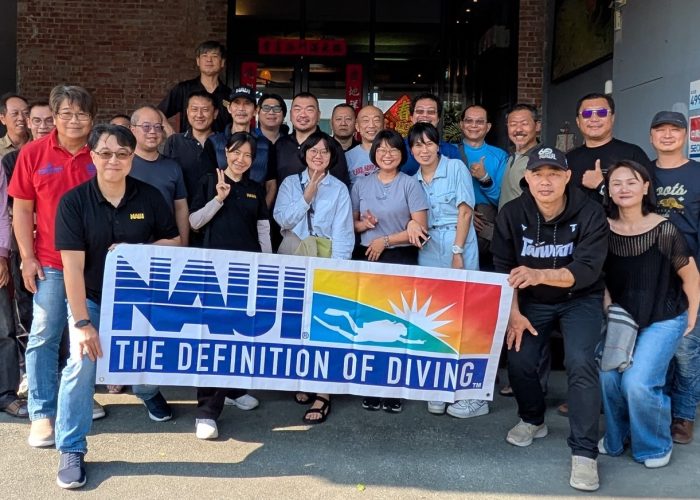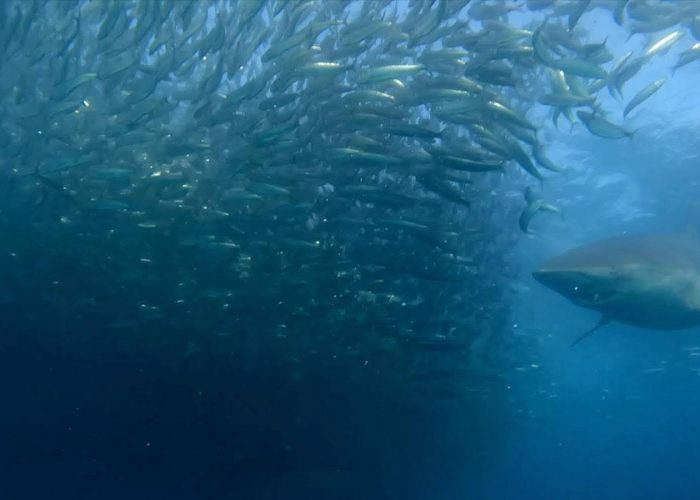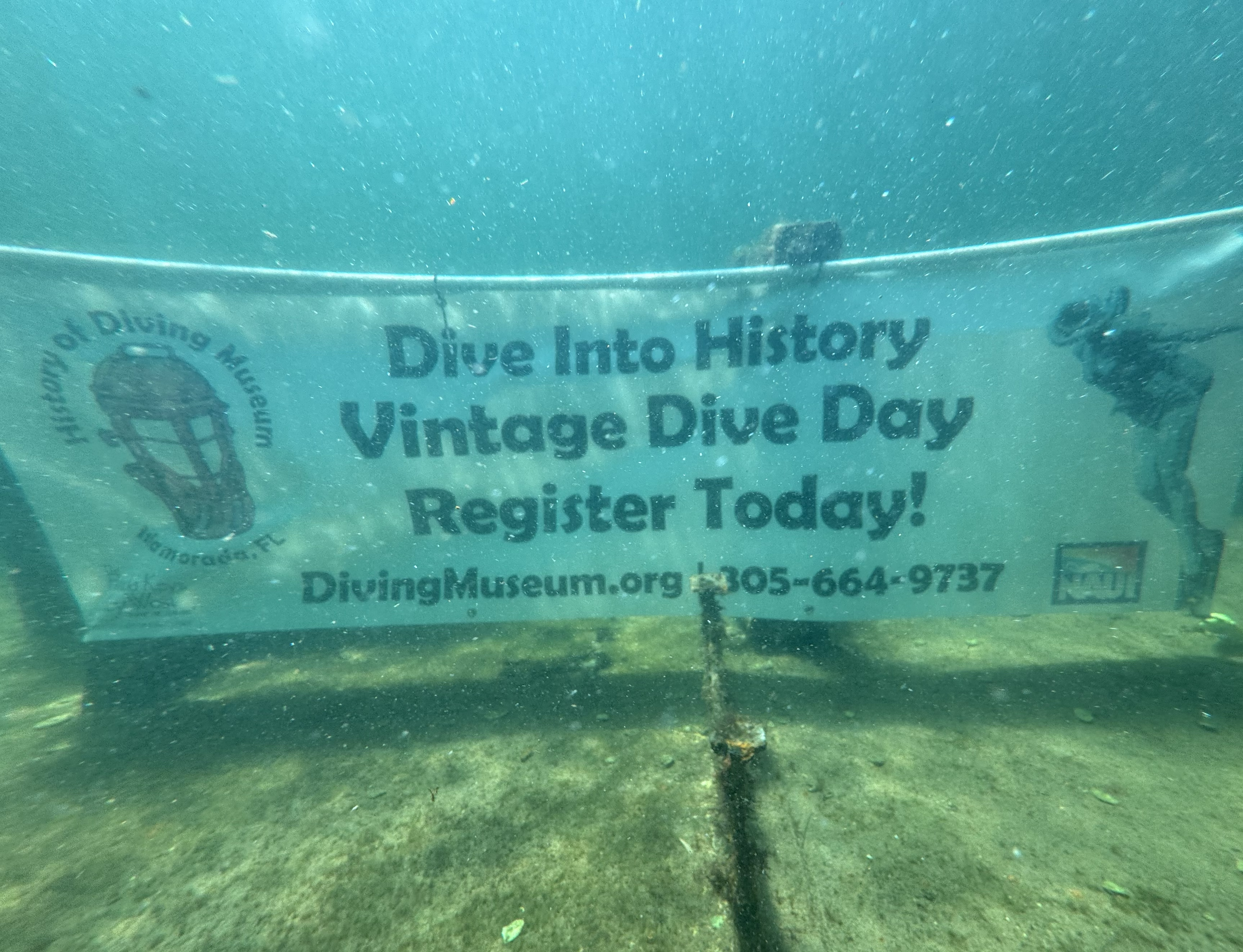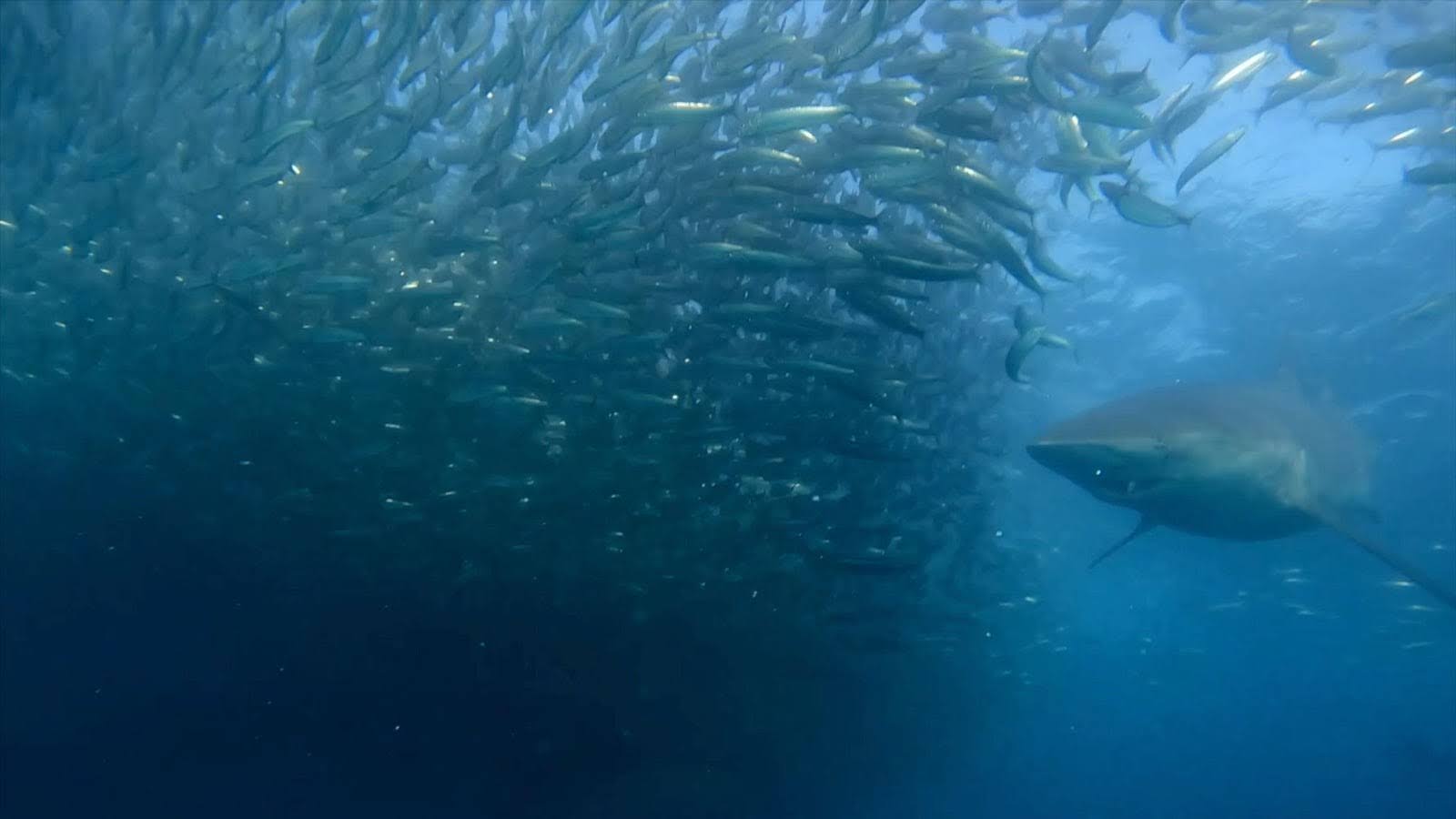Conservation, diving and travel go together as naturally as peanut butter and chocolate (if you like peanut butter cups!). After all, our sport happens out in nature. It’s possible to enjoy a video of scuba diving from the comfort of your own living room, but if you’re actually going to scuba dive, you need to be out in the environment. And if you’re out in the environment, it only makes sense that you want to see what there is to see in its biggest, best and brightest condition. Hearing, “You should have seen this reef 20 years ago…” is not exactly a quote you or your divers want to hear, nor will it be good for business. So it’s only natural that divers, especially professionals whose living depends on the quality of the product, would want to protect the underwater world. The challenge, however, is how one goes about doing that.
There are many conservation efforts underway across the globe that incorporate diving and conservation. From coral-restoration projects to community monitoring programs to educational programs, people have mobilized in a variety of innovative ways designed to engage and educate people in and around the water how they can have a positive impact. One particularly effective method of gathering support is to take people to the places you hope to protect — dive travel as a means of supporting conservation. Two particular organizations have been exceedingly successful at this, and they have gone about it in very different ways.
Reef Environmental Education Foundation (REEF) was founded in 1990 by Paul Humann and Ned Deloach, authors and photographers of the well-known fish identification book series. The goal of their project was to get the public engaged in marine conservation by educating them and getting them out into the world performing citizen science in the form of reef surveys. These surveys can be conducted locally for most divers, but an important part of their model is expeditions.
Blue Ventures, on the other hand, includes dive travel in their model because the work must be performed in one of the places where they’ve set up an operation. For many of their participants, this is their first exposure to scuba diving.
REEF
“We teach people how easy it is to get in the water with a slate and identify fish,” says Amy Lee. Lee is the field survey trips and communications manager for REEF. She started working with REEF in 2014 as a marine conservation intern, and over the period of a year, she transitioned into a full-time job there. REEF educates the public at events and in the classroom. They turn divers into citizen scientists by teaching people all about the fish they may encounter in a specific locale, how to identify those fish and how to complete fish surveys. Armed with this knowledge, the divers are then set free on reefs all around the world to perform these surveys. They don’t need to be under the watchful eye of a REEF professional, but it’s helpful when they’re first starting off. Once they’ve completed a survey, they participate in perhaps the most powerful part of their experience.
REEF set up a survey database in 1993. Since then, there have been more than 233,000 surveys submitted to the database by both REEF professionals and their global team of citizen science divers. This information is publicly available and is not only used by governments and NGOs to help form policies in their geographical area, but you and your scuba students can also use it to plan your next dive trip. Using the database, it’s possible to look up destinations, down to specific dive sites, to get a feel for what fish you might see there and in what concentrations. It’s amazing — see the sidebar for more information on how you can use this tool. “The more surveys that are entered, the more powerful a tool the database becomes,” says Lee. “Information from our database has been published in over 60 scientific publications.”
REEF has been incredibly successful in large part due to the fact that people really enjoy participating in these surveys. They love the education component, the mission while on their dive and the camaraderie of comparing notes with other fish lovers when the dive is done. One of REEF’s key tools in diver engagement is to submerge divers in their fish ID culture by inviting them to participate in a REEF trip. Lee is the trip coordinator, so she has some of the best working knowledge of how their trips are formulated and who goes on these trips. “You can go on our trips whether you’ve never done a survey or you’re a pro,” she says. “Our trips are designed for everybody. It’s a great way to build your fish ID knowledge in a short time.”
REEF trips feature a daily lesson taught by the trip leader. These lessons start at the beginner level and progress as the week goes on. They focus on teaching common fish families, body shapes, key features, the names of the various fins, habitat and behavior. One of the most important parts of the training is teaching divers how to use the dive slate. “It’s important to get people comfortable balancing the task of using the slate with diving,” says Lee. “We have some ‘proper’ photographers that come on our trips, but it’s hard to use a dive slate while carrying a full-size camera. We do, however, encourage people to carry a point-and-shoot camera. It helps with error checking and identification after the dive. The primary task is still surveying, but when you have a camera, you can accurately record species that you didn’t have time to write. It also helps see fine detail that can be useful with identification on a small fish, like a blenny, that would be hard to see during the dive.”
The photos these avid citizen scientists take during the dives also serve another purpose — they provide a lot of conversation between trip members. “Everyone on our trips talks fish 24/7,” says Lee. “The atmosphere on our trips is like that, and people love it. We get a lot of repeat-trip customers.” On average, REEF runs between 12 and 15 trips per year with 16 to 24 participants. Their trips visit a wide range of locations, from some that are local to their operation in Key Largo, Florida, to the Caribbean, the Pacific and beyond. “Our trips are important to not only engage people for the first time, but also continue to provide long-term engagement to our members. Citizen scientist divers like to take an active role in conservation. We provide the means to engage and inspire people to get involved.”
Blue Ventures
Lee’s counterpart at Blue Ventures is Martin Muir. Like her, Muir’s background is in conservation. He has a Ph.D. in climate change adaptation and conservation policy, but after school, he became distracted by photography and web design — which is how he wound up meeting the project’s founder, Alasdair (Al) Harris. Now full time with Blue Ventures for over three and a half years, Muir wears several hats for the conservation group. He manages the website, communications and marketing for their expeditions. While their expeditions include scuba diving and conducting marine surveys, they couldn’t be more different from REEF’s trips. “Most of the people that come on our trips,” Muir says, “see it as a career development opportunity. Many of our participants are students and graduates looking to build fieldwork experience.”
Harris founded Blue Ventures in 2003 when he was studying the reef in southern Madagascar. He quickly realized that by working closely with the local community in a way that made a conservation project their own, he could really effect change. It’s not that there hadn’t been any conservation efforts in the past, but what he noticed was that other efforts involved foreigners who came in for one or two years, told the locals how they should do things and then left, their funding exhausted. Instead, Harris listened to the local fishermen and heard a similar story as is heard around the world: Their catches were declining, they were going farther to catch less, and species that used to be found in abundance nearby were becoming difficult to find at all. Inspired to help them, Harris studied the predominant species of their fishery, the octopus. Typically, octopuses are capable of rapid growth, but the species found in the fringing reefs of southern Madagascar was capable of doubling in size every month. This was encouraging because it meant there was hope to recover this fishery, but to do so, he needed to demonstrate that his ideas could work.
Working closely with the local fishing community, Harris convinced them to close approximately 20 percent of the reef for just two months to see what would happen. When the octopus fishery reopened, it was a huge success, and it went viral. Communities started talking to each other about the benefits of what they did, and this opened the door to conversations about much wider conservation measures — Locally Managed Marine Areas (LMMA), which allow a mix of management measures like gear restrictions and temporary fishery closures, combined with permanent reserves and larger scale long-term vision for sustainable marine resources. Now, 15 years later, there are over 200 communities participating. As a result, around 18 percent of the Madagascar coastline is now protected.
The main role of the expedition members from Blue Ventures is to participate in the reef surveys that collect data on the fisheries and permanent reserves. This data is provided to community management groups to prove that local efforts are paying off. Blue Ventures organizes eight expeditions per year to Madagascar; each expedition lasts six to eight weeks. Part of the reason their expeditions are so long is that they work in very remote parts of the country, but the other reason is that the quality of data collected (good enough for scientific publication) means volunteers have to pass science and diving tests before they are qualified to collect data. At the same time, expedition members are integrated into community life, engaging in Blue Ventures’ education program and visiting the array of community conservation projects they are working on, from mangrove replanting to sea-cucumber aquaculture. Volunteers become part of the community, spending time in family homes, on sailing trips or visiting the local baobab forest with local guides. As a result, Blue Ventures creates another benefit to the local economy and develops strong bonds and trust between the community and the expedition members.
“One fact we’re particularly proud of,” says Muir, “is that over 80 percent of our staff in Madagascar are nationals. We train them to perform all of the roles needed for our operations, from basic office work to becoming scuba instructors. We give them day-to-day high-demand skills.” The dive instructors they train get a lot of work — about half of the expedition members have never dived before. All of their scuba students get trained to the level of Advanced Scuba Diver, and some continue to build their skills with a Rescue Diver course too. Depending on conditions, they’ll conduct about 40-50 dives over the course of their stay, during which they perform surveys, but sometimes they also get to dive simply for pleasure.
In addition to Madagascar, Blue Ventures has set up operations in Belize and in Timor-Leste as well. Between the three locations, they send 250 to 300 volunteers on expeditions annually. Each destination has a different ecological focus, but the formula amounts to success wherever they set up shop. “A lot of it comes down to pride — you’re far more likely to act to protect your environment if you’re proud of it. If people come from all over the world to protect something you take for granted, it grows pride,” says Muir.
So, whether you know a casual diver who wants to learn more about fish and the environment by participating in a REEF survey, or someone who wants to make a career of marine conservation by experiencing a more in-depth plunge into the world of global conservation with Blue Ventures, here are two organizations doing good for the planet, diving and people at the same time. Hopefully, these stories of successful conservation efforts inspire you to possibly organize your own local fish surveys or to work with people in your own community to help raise awareness of the underwater world.
REEF’s Online Database
This is REEF’s crown jewel — the product of a lot of diving hours conducted around the world and by thousands of people. To take a peek at the database, visit REEF.org. Under “Programs,” you’ll find “Explore Database-Reporting,” and then “Geographic Area Report.” From there, you can select a general region of the world’s oceans and then narrow that down to a specific destination or even a specific dive site. With the click of a button, you’ll then be able to see a chart of the species that have been reported there — many of which have been reported by volunteers
Blue Ventures
For more information about Blue Ventures’ projects, view this award-winning short movie: youtube.com/watch?v=RazdsvYHfEQ, or their website at blueventures.org.




